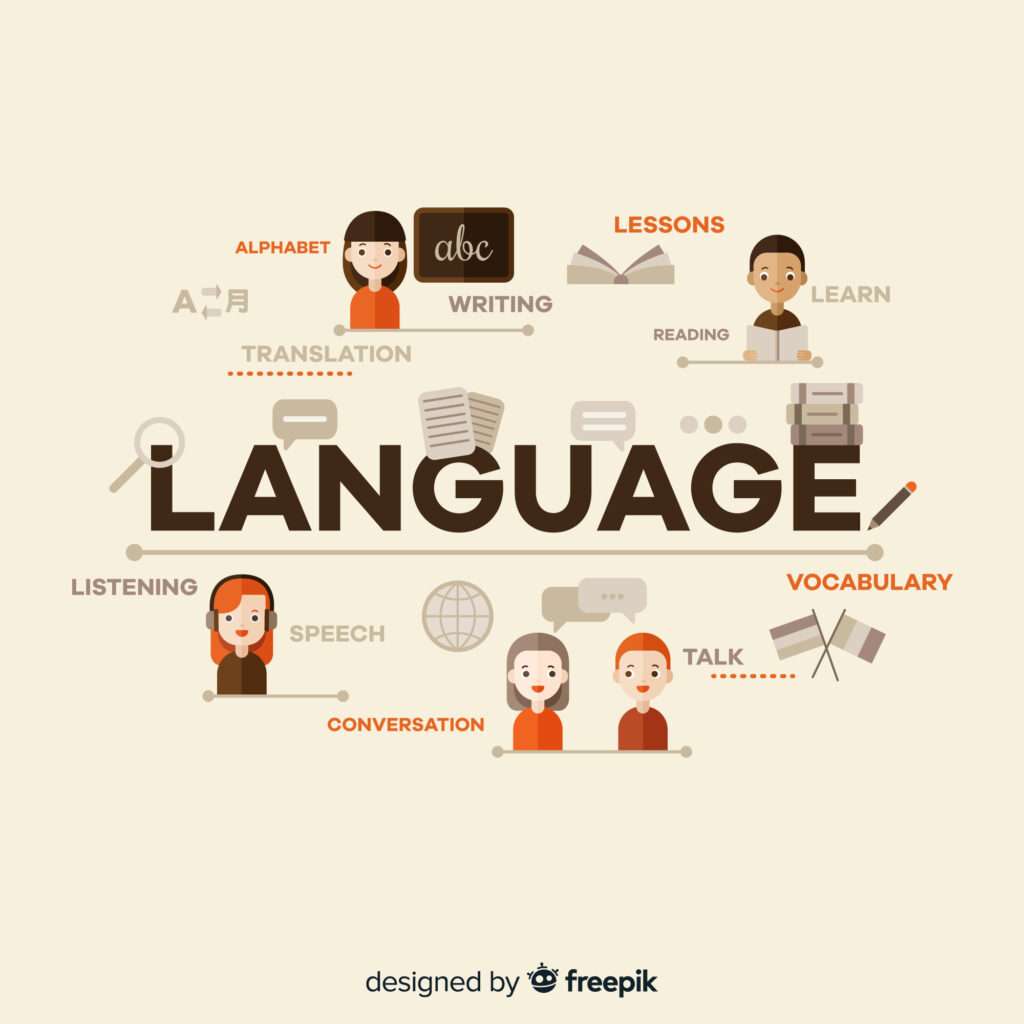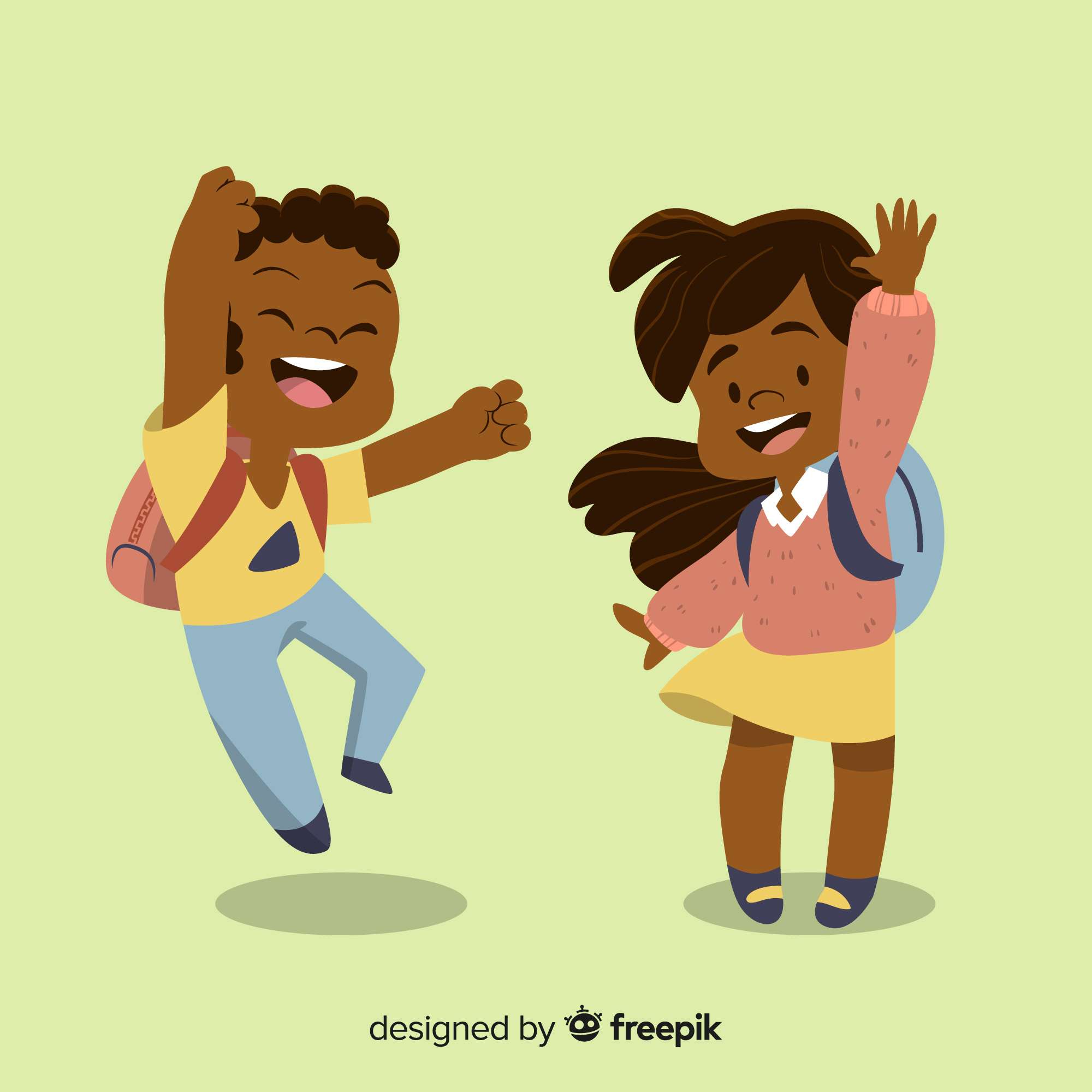Helping children learn their indigenous language has some peculiar advantages in a diverse and culturally rich world. First, it helps them relate and communicate better with extended family members. More importantly, learning to speak at least two languages from childhood helps children navigate complex social interactions better.
The tricky part, however, is getting children interested in learning their native language. Today’s digital and urban reality means that children are exposed to more English speakers. So, as a parent or guardian, you must make conscious effort to ensure your wards take interest in learning their indigenous language. How can you manage this? We’ll explore viable ideas in this piece.
Why children should learn more than one language
Did you know that children who speak multiple languages have slightly better cognitive abilities and social understanding than monolingual children? Let’s explain what these advantages mean.
- Improved cognitive function
According to an expert publication on bilingualism in children, raising your children to be bilingual helps them learn multitasking and prioritisation, which contributes to improved attention span and problem-solving skills.
- Cultural awareness and empathy
Learning a new language involves immersing oneself in the cultural context. Exposure to new cultures and ways of thinking can broaden a child’s perspective and allow them to be more empathetic toward other people’s perspectives and thoughts. This is part of the social advantages of bilingualism highlighted in the publication.
- Improved creativity
Exposing children to linguistic structures, idioms, and expressions in different languages inspires them to think creatively. It also enables them to view the world from a wider lens and spot the nuances in communication, which can contribute to creative diversity.
- Multiple career options
Individuals who know a second language are considered more valuable in job roles that need to accommodate people from different cultural backgrounds. Customer representatives and air hostesses in Nigeria are two careers that require bilingualism.
- Better grasp of the primary language
When children start learning their indigenous language, their primary language is usually the reference point for the target language—just like with adults. As they learn new words and concepts in their indigenous language, their comprehension of their primary language expands. For example, teaching your child a tonal language like Yoruba will help them understand English syllables and stress better.
Understanding children’s learning styles
The best time to start learning a new language is when you’re young. Human physiology makes it easier for children to learn new languages than adults. However, unlike adults, children have three significant ways of learning a language: visual, auditory, and kinesthetic.
Children learners have different preferences in absorbing and retaining information. Visual learners prefer to see information through images, diagrams, or written words. Flashcards, colourful visuals, and written materials can help visual learners learn a new language. You can also incorporate videos, pictures, and other visual aids to make the learning process more effective.
Auditory learners learn best through listening and speaking. They benefit from listening to native speakers, engaging in conversations, and using audio materials such as music and language learning apps.
Kinesthetic learners learn best through hands-on activities and movement. They benefit from interactive activities, role-playing, and physical games that involve movement. Tutors can also incorporate gestures and actions into language learning to effectively engage kinesthetic learners.
How to make learning indigenous languages fun for children

Learning a new language can be tedious, especially for children with shorter attention spans than adults. So, making the learning process fun is the most practical way. Fun in language learning can be achieved in different ways, such as
- Games and activities
Fun and engaging Games and activities such as Word games, story-telling, puzzles, and creative writing are effective ways to make children practice vocabulary, grammar, and language skills enjoyably and interactively.
However, it’s important to choose games and activities that are age-appropriate.
- Technology and multimedia
You can leverage various tools like language learning apps, interactive websites, educational videos, and audio materials to create an engaging learning experience. For example, learning different Nigerian languages online is possible through apps that offer games and quizzes that make learning a new language enjoyable for kids.
Additionally, educational videos and audio materials featuring native speakers can help children improve their listening and speaking skills while exposing them to authentic language use.
- Cultural experiences
Exposing children to the culture of the language they are learning can help them develop a deeper connection and appreciation of the language.
One way to do this is by attending cultural events or festivals related to their target language. The language will undoubtedly be spoken, and they’ll experience real-life scenarios to make learning more engaging and memorable.
Additionally, incorporating cultural activities such as traditional music, dance, or arts and crafts into the language learning curriculum can provide children with a more holistic and enjoyable learning experience.
- Language classes
If you reside in an English-speaking or French-dominated society, the chances that your children will have other indigenous language speakers to interact with outside your home is slim. In such circumstances, enrolling them for a language class gives them the advantage of learning from other native language speakers.
With PrepMeWell Language Institute, your child will also get additional resources that help them practice their Nigerian language independently. Our curriculum also allows them to learn in a relatable and fun way that makes language stick. To learn more about our Igbo and Yoruba language classes, go here.
Engaging parents in the language learning process
Our Nigerian language report revealed that only 27% of children between the ages of 5 and 18 can speak their indigenous language fluently. This implies that language extinction is imminent, and the older generations have a part to play in preventing it by encouraging fluency in their wards.
As a parent, you should be actively involved in your child’s indigenous language learning journey. This starts with you speaking it to them at home. Conversing with your children in your native language and showing enthusiasm is crucial to building their interest in learning the language.
In addition, you can create a language-rich environment at home by incorporating your local language into daily routines. You can bring in activities like greetings, calls with extended family, reading books, and playing games.
Overcoming challenges in language learning
Learning a new language can be frustrating. Children also face language-learning barriers that can lower their interest in a new language. The challenges peculiar to children language learners include:
- Lack of exposure to native speakers
- Difficulty in understanding and pronouncing new sounds
- Limited attention span
- Lack of interest in the language and its culture
- Difficulty in grasping grammar and sentence structure.
- Limited vocabulary retention
To overcome challenges in language learning for children, it’s essential to take a proactive approach. Here are some tips that can help:
- Immerse them in the language sooner, such as by watching movies, listening to music, or even finding them a learning partner.
- Encourage them to practice speaking with native speakers whenever you get the chance. This can help them get used to the sounds of the language and improve their pronunciation.
- Break down the learning process into smaller, manageable tasks. It will help with their attention span and prevent them from being overwhelmed by the lessons.
- Be patient and persistent. Language learning takes time, so staying motivated and practising regularly is essential.
Conclusion
Nurturing your child’s interest in their indigenous Nigerian language is something they will come back to thank you for in the future. Language is your child’s first contact with their identity and cultural heritage. When you promote your indigenous language to your kids, they also stand to benefit from all the benefits of early-life bilingualism. It’s a win-win.
FAQs
- What are some effective strategies to make language learning fun for my child?
Tailoring the learning process to accommodate different learning styles, such as visual, auditory, and kinesthetic. Incorporating games, utilising technology and multimedia, and providing cultural immersion experiences.
- What are the benefits of my child learning their native Nigerian language?
Children learning indigenous languages in Nigeria promote cultural preservation, foster a deeper understanding of local traditions, and strengthen connections to their heritage.
- At what age should my child start learning multiple languages?
Research has shown that children learning multiple languages at a young age are more natural with these languages. Early exposure to diverse languages and cultures can lay a strong foundation for your child’s linguistic and cognitive development.
